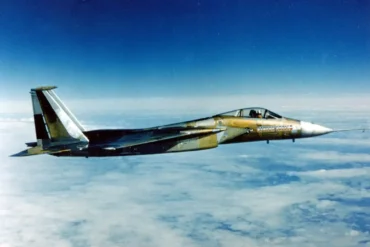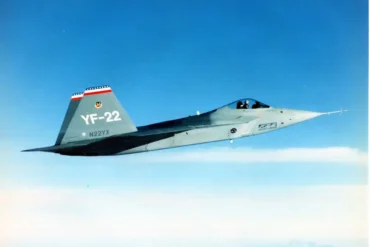The Birth of a Hydrogen-Powered Airliner
Hey, did you hear about Europe’s big plans for hydrogen-powered planes? It’s pretty exciting stuff! France, Germany, and the EU are pouring billions into hydrogen tech, aiming to have a passenger aircraft running on hydrogen by 2030. But get this – this isn’t exactly a new idea. Back in the 1980s, the Soviet Union actually flew a plane using hydrogen fuel. Can you believe it?
Hydrogen’s becoming a hot topic in aviation these days. France is even talking about powering the popular Airbus A320 with hydrogen by 2035. It’s not going to be easy, though. There are plenty of challenges to overcome, but Airbus is all in – they’re committed to making hydrogen work for their future commercial planes.
The Challenges and Innovations
Now, here’s where it gets tricky. Hydrogen takes up way more space than regular fuel, and you’ve got to keep it super cold to keep it liquid. But those clever Soviet engineers had it figured out. They took a regular plane (number CCCP-85035) and turned it into the high-tech Tu-155. They put a huge hydrogen tank at the back of the cabin, taking up about a third of the space. They had to add 30 extra systems to make it all work. And on April 15, 1988, they made history – the Tu-155 became the world’s first hydrogen-powered airliner!
When news of the Tu-155’s first flight got out, it caused quite a stir in the West. While Europe was still just talking about the idea, the Russians had actually done it – they’d flown a plane with liquid hydrogen! The Tu-155 was pretty cool – only one of its three engines ran on hydrogen, but it was still a big deal.
Beyond Hydrogen: Exploring Alternatives
After that first flight, the Tu-155 did over 100 test flights from a place called Schukowski. But they didn’t always use hydrogen. From January 1989, they mostly experimented with natural gas. Back then, they weren’t thinking about the environment so much – they were worried about running out of oil by the 2010s and wanted a cheaper alternative.
The Tupolev engineers had two main problems to solve. First, hydrogen only works as a fuel when it’s super cold (at least -253°C) and liquid. Second, while hydrogen packs more energy per kilogram than regular fuel, it takes up four times as much space. This means you need special tanks that don’t fit in the wings like normal fuel does.
Tupolev’s Vision for the Future
During testing, Tupolev got creative. They took out all the passenger seats in the Tu-155 and filled the cabin with tanks and equipment. They had to change about three dozen other parts of the plane to make it all work. They even started planning a production version called the Tu-156, which would have kept the tanks at the back of the cabin, separated from the passengers.
Sadly, the Tu-156 never actually got built, but the Tu-155 tests showed a lot of promise. German and Russian scientists even tried working together on hydrogen planes for a while. The Tu-155 got some attention from the West – it was even invited to an air show in Germany in 1990. But eventually, interest faded away. For years after that, the Tu-155 just sat forgotten in Schukowski, a reminder of what might have been.





